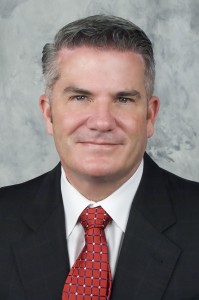Mar 4
2014
Real-Time Clinical Messaging Supports Quality Care

Guest post by Brian O’Neill, president and CEO, Office Ally.
As healthcare reform rolls out nationwide, medical providers at all points across the care continuum are acknowledging the critical role that practice management systems play in population health management. Moving onto an electronic medical record is an important first step. Maximizing the digital capabilities these systems provide is a close second priority – and one that can yield big dividends in enhanced communications and better patient care.
One of the stars in the pantheon of indispensible functionality is real-time clinical messaging. Similar to texting but on a grander scale, real-time clinical messaging notifies medical providers before, during or after patient encounters of the recommended procedures that will improve patient outcomes. The two-way messaging can come directly from outside sources, such as third party administrators, IPAs, health plans or accountable care organizations, as well as other parties important to the care of patients. Studies have shown that such real-time digital communication significantly improves quality of care and allows for better outcomes in disease management patients. It can also result in fewer hospitalizations and a reduction in serious medical errors.
Clinical messaging can also facilitate direct communication between the medical provider’s office and a health plan’s case manager. This uninterrupted linkage improves the timeliness of the care provided, allowing case managers to contact the physician’s office prior to a member’s appointment to discuss procedures to be provided. Clinical messaging also enables the electronic two-way transfer of documents between the physician and the health plan, while allowing the case manager to communicate with the provider’s office while the patient is present in ways that maximize the efficacy and efficiency of that visit.
Most important of all clinical messaging helps to improve quality, which is the reason the healthcare exists in the first place. It can accurately capture all of the mandated HEDIS preventive care measures, demonstrating compliance with HEDIS and NCQA standards in a manner that can improve the “Star Ratings.” Both have become standard measures of quality throughout the healthcare industry and are increasingly becoming tools that employers and individuals use in selecting healthcare providers.